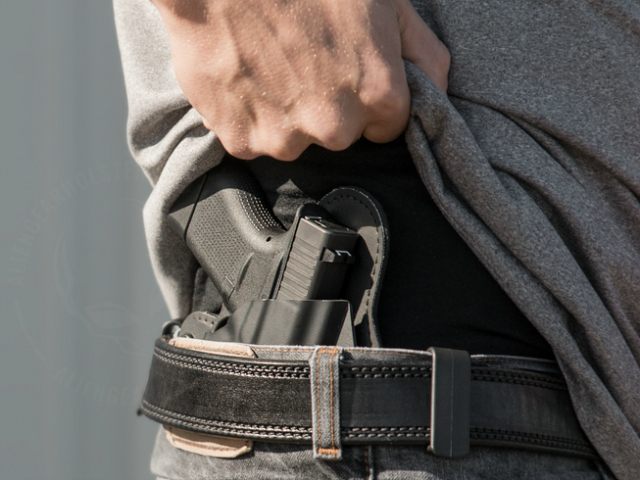Last week, we shared some concealed carry newbie tips, for those who are interested in concealed carry and just going through the process of getting permitted or purchasing their concealment set-up.
When you are concealing a weapon, it is no small matter. It is not to be taken lightly, and you should always make sure you are using best practices. Here are a few additional tips to ensure you are having a safe experience.
1. Know the Law
Make sure you are intimately familiar with the local law in your city, county, and state regarding concealed carry. Your instructor will most likely go over this if you are getting permitted, but that won’t be enough. Familiarize yourself regularly, and always make sure you are carrying somewhere you are 110% certain you are legally allowed to carry.
2. Know the signage
While you may have the right to carry a concealed weapon in public, many private businesses also have the right to prohibit firearms on their premises. They have to display their regulation signage in a prominent location in order to legally ban firearms from their premises, so make sure you know what to look for in your state. If you see a sign that is not the legally required sign, font, or proximity to the entrance, this is not legally binding, but it is definitely recommended to respect it.
3. Holster your weapon
If you are carrying on-body or in your bag or purse, it is safest to have it in an appropriate holster. Carrying in your pocket or loose in your bag is dangerous and unwise. There are holsters you can fit into a purse or you can purchase specially-made concealment bags and purses. Make sure your weapon is always secure and easily accessible only to you.
4. Keep it on the DL
You might be excited to share the empowerment you experience when legally carrying a weapon, but no one needs to know unless you are legally required to tell them (for example in my state, you must inform the occupants of a private residence if you enter their home while concealing a weapon). The less people know, the better.
5. You don’t need to shoot
Your firearm might save your life one day, but it is still always preferable to not have to use it. There are also many situations in which grabbing your weapon could get you shot or in which shooting might endanger others. Only shoot if you have easy access to your weapon and won’t jeopardize yourself or others in the process of drawing it, and if you have a clear shot. Otherwise, try to de-escalate, and follow these basic rules: run, hide, fight. Using your weapon should always be a last resort.
If you liked this, you might also enjoy…


